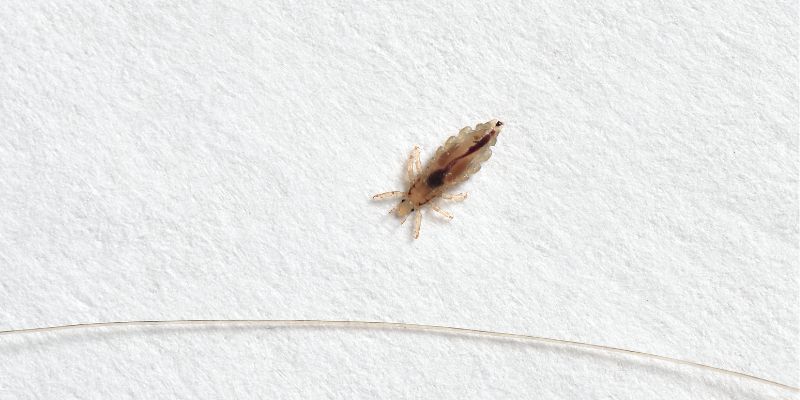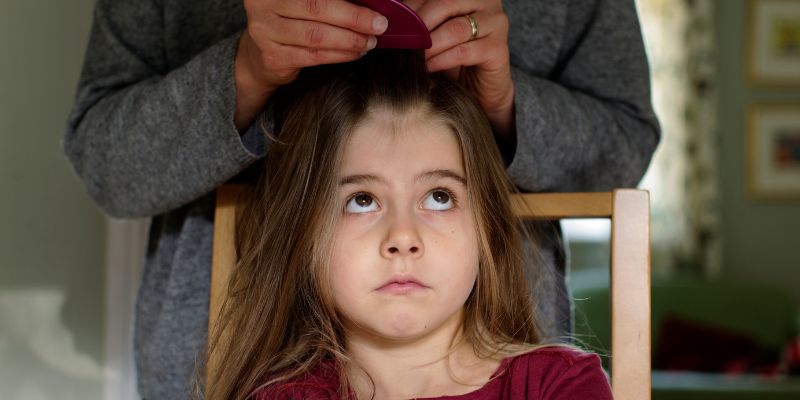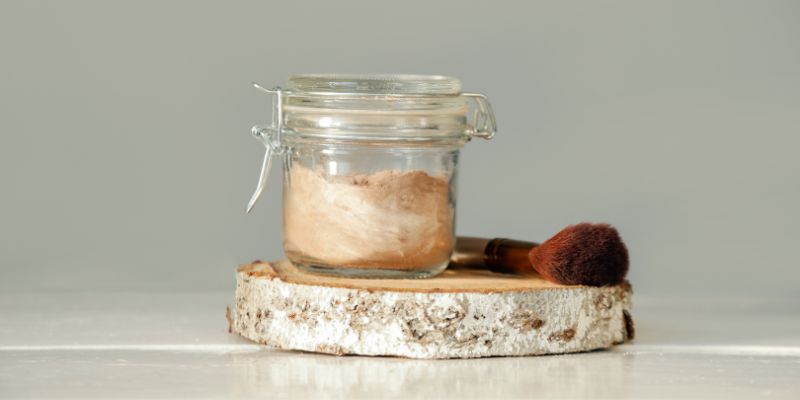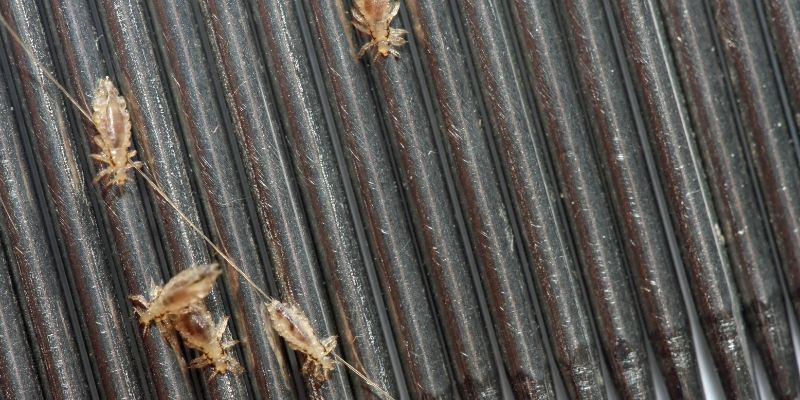Many parents of school-aged children seek out efficient yet mild treatments for head lice infestations because of the distress they cause. Cetaphil cleanser is an unorthodox treatment option, but it is gaining popularity.
It is known for its gentle formulas may be a less abrasive option for dealing with the recurrent head lice problem. Therefore, saying that Cetaphil cleanser is an effective but gentle solution to the age-old problem of head lice, infestations would not be wrong.
Do you want to learn more about this new method and how Cetaphil chokes the parasites? If your answer is a yes, continue to read. We are giving you a better understanding of why Cetaphil is the go-to product for many people and how you can use it.

Treating Head Lice:
Lice live on the human scalp and feed on the blood of humans. Due to the high concentrations of people in these settings, these parasites thrive in classrooms and daycares. Itching, pain, and even secondary diseases can result from infestations if they are not addressed.
Conventional methods and Cetaphil can treat the condition. Mostly, people prefer non-chemical shampoos like Cetaphil to the standard, chemical-based options. Let’s look over them both here:
Conventional Treatments:
Small blood-feeding lice infest the scalp. People often seek solutions to remove them due to their annoyance. Medicated shampoos or prescription medications can kill lice and their eggs, called nits. Concerns about long-term or recurrent chemical therapy urge others to seek alternatives.
Treating With Cetaphil
The Cetaphil name has become synonymous with mild, irritation-free skincare products. In particular, the gentle skin cleanser has gained popularity as a viable alternative for removing head lice.

Cetaphil Treatment Method:
Cetaphil's head lice treatment efficacy is debated. Some swear by its success, but others say there's little scientific evidence. Some believe Cetaphil's smothering properties make it a better treatment than traditional ones, especially for those sensitive to strong chemicals.
There are few scientific studies on Cetaphil for head lice. Traditional head lice treatment uses pediculicides, which kill lice. These treatments usually contain permethrin or pyrethrin. Healthcare specialists recommend these substances because of their proven efficacy.
Water-based, non-comedogenic Cetaphil Gentle Skin Cleanser is widely used for skincare. It has been investigated for possible use in treating head lice, hoping it will smother the parasites and make them easier to comb.
Instructions for using Cetaphil to eliminate head lice are provided below.
Dry your hair:
The process begins with dry hair. Remove any hairstyling products before applying Cetaphil, as they may prevent the product from penetrating the hair.
Use Cetaphil:
Apply a generous amount of Cetaphil Gentle Skin Cleanser to the hair, working through the length of the hair from the roots. Apply enough shampoo to coat your hair completely.
Comb Hair Thirdly:
Use a fine-toothed lice comb to comb the hair, ensuring uniform dispersion of Cetaphil. This action aids in suffocating the lice by covering each strand.
Drying Time:
It is important to let the Cetaphil dry completely. Drying time can be cut in half using a blow dryer on the lowest or coolest setting. Before moving on to the following stage, ensure the hair is completely dry.
Wrap It With Plastic Or A Shower Cap:
After the Cetaphil has dried, a shower cap can be placed over the head. That is essential since it gives the Cetaphil more time to suffocate the lice and nits. Take off the covering after 8 hours; ideally, leave it on all night.
Don't Use Cetaphil:
After waiting the allotted time, shampoo the hair as usual to eliminate the Cetaphil. Rinse the cleanser off completely to get rid of any traces of it.
Remove Lice and Nits using a Comb:
Use a fine-toothed lice comb to comb the hair while it is still moist. Any remaining nits or dead lice can be swept away in this way.
Repetition Required:
If you notice any new lice appearing after a week, you may need to repeat the Cetaphil treatment. Keep an eye out for the lice attack in the hair.
Tidy Accessories:
Bedding, clothing, and other personal objects that may have come into contact with the lice should be washed to prevent re-infestation.
Tracking and Preventing:
Monitor the hair closely for symptoms of re-infestation. Avoid direct head-to-head contact and use products to keep your hair free of lice.
Tips to Keep in Mind:
Here are a few helpful tips for you:
- Cetaphil Formulation: It is essential to use the Cetaphil Gentle Skin Cleanser. You might not get the same results from using other Cetaphil products.
- Discussions with Medical Experts: It's best to get the OK from a doctor or pharmacist before trying out a nontraditional lice treatment like Cetaphil. They can advise patients on whether or not the procedure is right for them.
- The Ongoing Nature of the Issue: If the head lice problem persists or worsens despite Cetaphil therapy, obtaining professional help is required. Depending on the extent of the infestation, medical professionals may advise using a different set of remedies.
Safety Considerations:
Cetaphil is popular for lice removal due to its skin-friendly properties. Cetaphil is safe for most skin types, unlike other therapies that may irritate or create allergies. However, individual allergies and sensitivities must be considered.
Patch testing should be done on a small skin area before taking Cetaphil to rule out any possible allergic reactions. Stop using if it irritates, including redness, itching, or other symptoms. Also, before using Cetaphil on infants or people with preexisting skin disorders, it's best to get the OK from a doctor.
Conclusion:
Cetaphil is a milder option to harsh chemical treatments for head lice. Although this strategy has risen in popularity, it is crucial to go into it with a full comprehension of the process and its constraints.
A successful treatment plan for head lice requires consulting with medical professionals, ensuring correct application, and following up with preventative measures. Head lice infestations provide unique issues for each person who experiences them, so it's important to get individualized advice from medical professionals.




